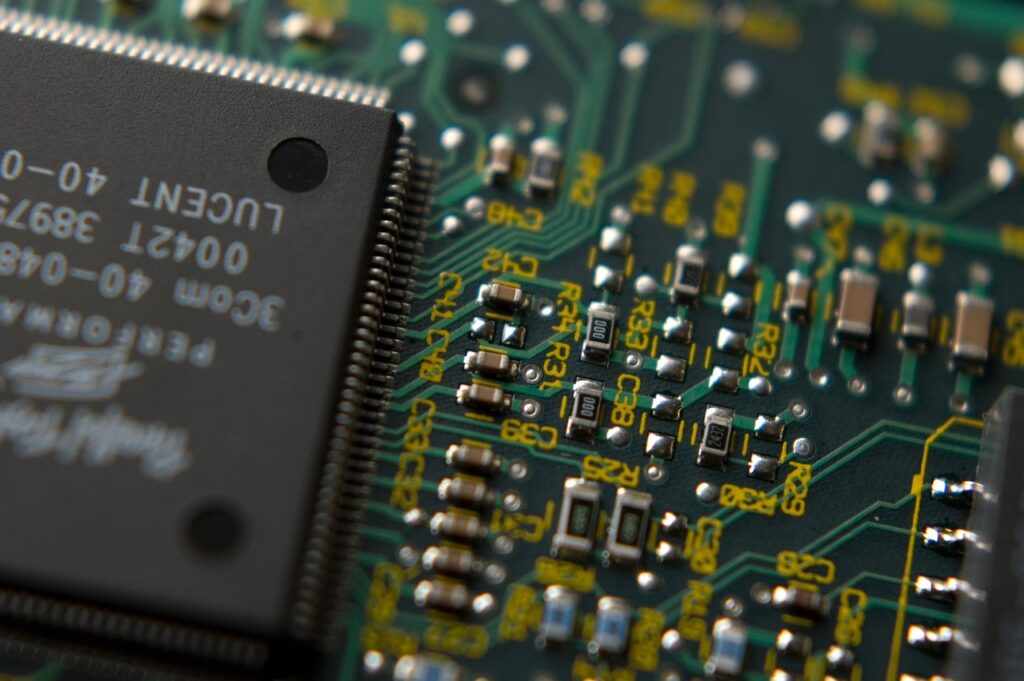Ola Electric faces inventory control challenges amid investor exit and regulatory scrutiny

SUMMARY
Ola Electric, the pioneer electric vehicle company of India, is under fresh inspection as its statutory auditor identified a material weakness in inventory management at its critical operating unit. The disclosure is achieved amid regulatory inquiries, increasing customer complaints, and a tsunami of stake reductions by key investors.
Ola electric technologies and the auditor’s findings
BSR & Co. LLP, the statutory auditor of Ola Electric Mobility and its subsidiary Ola Electric Technologies, in its annual report for FY 2024-25, noted that there was a major weakness in its internal controls in the area of inventory management. In particular, the report indicated that the company had no proper physical verification of raw materials and finished goods at its stores and state service points.
This oversight, the auditor had cautioned, might result in material misstatements in such major financial indicators as inventories, cost of materials consumed, and stock-in-trade and work-in-progress balance changes. Although the report explained that other internal financial controls were functioning well as of March 31, 2025, the identified weakness is concerning whether Ola Electric was reporting on its inventories accurately. The internal control problem was discovered in Ola Electric Technologies, the wholly owned subsidiary company that generates the largest share of the company’s revenue.
Discrepancies investigation and investor sentiment
The disclosure of the auditor comes at a time when institutional investors of Ola Electric began selling their stakes in the company. Hyundai Motor has completely pulled out, and Kia Motors has downgraded its stake. Japanese investment giant SoftBank has also divested some of its ownership, selling 2.15 percent of its shares in open market operations through July 15 September 2, 2025.
The investment arm of SoftBank, SVF II Ostrich (DE) LLC, sold close to 95 million shares in the process, leaving it with a total stake of 15.68. Although the company has sold it off, SoftBank is the second-largest shareholder after founder Bhavish Aggarwal, holding more than 691 million shares. Such divestments may indicate a risk-averse attitude of investors, perhaps due to regulatory pressures and operational issues.
Transport authorities of a number of states in India have put Ola Electric under the scanner. It is also alleged that in recent months, the officials have conducted showroom raids, taken over vehicles, and given show-cause notices due to growing consumer and customer complaints.
To compound matters, the Ministry of Heavy Industries has instructed the Automotive Research Association of India (ARAI) to examine the differences between the reported sales by Ola and the official data on the number of vehicles registered to the company. In February 2025, Ola boasted that it sold 25,000 electric scooters; however, government records through the Vahan portal indicated that only 8,600 were registered in the same month.
In his later explanation, Ola said the figure of 25,000 was the number of customer bookings, and not final deliveries. According to the accounting norms, the company said it recognizes revenue when it has been delivered and registered.
Conclusion
The identification of material weakness in the inventory controls of Ola Electric by the auditor is a wake-up call to both the company and its stakeholders. Since Ola Electric is focused on becoming the leader in switching India to sustainable mobility, it will have to strengthen its internal processes, restore investor trust, and confront regulatory issues directly. As competition in the EV industry intensifies and increasing regulatory and consumer scrutiny takes place, operational excellence and transparency will be the most important for the continued momentum.
Note: We at scoopearth take our ethics very seriously. More information about it can be found here.















